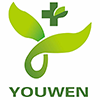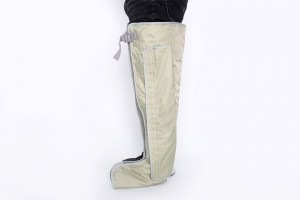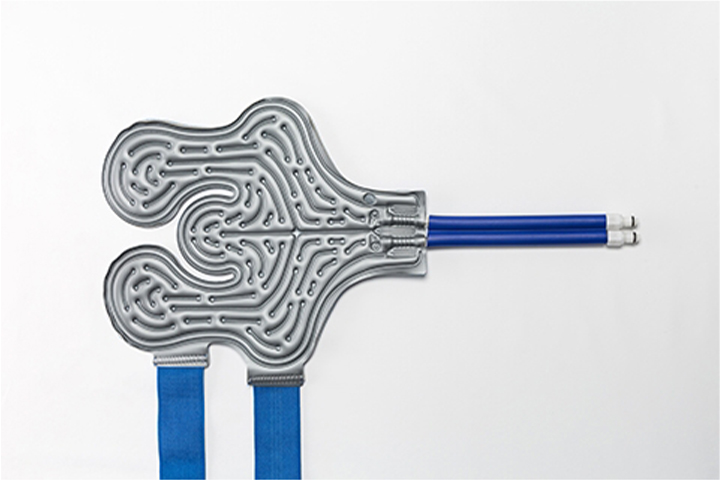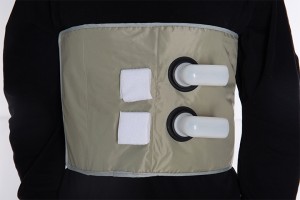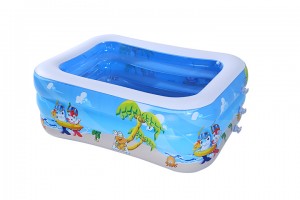There is no doubt that the development of anticoagulants has directly promoted the treatment of DVT. Anticoagulant therapy can prevent the occurrence of thrombus, inhibit the spread of thrombus, facilitate the autolysis of thrombus and recanalization of lumen, alleviate symptoms, and reduce the incidence and mortality of pulmonary embolism. At present, anticoagulant drugs mainly include heparin, low molecular weight heparin, warfarin, rivaroxaban and dabigatran. Each of these drugs has its own advantages and disadvantages. Compared with unfractionated heparin, low molecular weight heparin subcutaneously or intravenously can significantly reduce mortality. Among the oral anticoagulants, warfarin is widely used because of its low price, accurate anticoagulant effect within the effective treatment range (requiring the international standardized ratio to be between 2 and 3). However, because warfarin is greatly affected by food, it is easy to have complications such as insufficient anticoagulation and bleeding, and it is necessary to monitor the coagulation function regularly. In recent years, a large number of new anticoagulants have appeared in the bed, such as rivaroxaban, dabigatran, apixaban, etc. the anticoagulant effect is accurate, the bleeding complications are reduced, and there is no need to recheck the coagulation function.
At present, some scholars suggest that the drug treatment can be divided into two stages according to the time division of 3 months: the first stage is called the initial active treatment stage. It is mainly carried out within 3 months after the initial onset of dvt3, and the second stage is called the follow-up recurrence prevention stage, which is carried out 3 months after the first stage of treatment. Accp9 guidelines first recommended new oral anticoagulants. In the 10th edition of the American College of Chest Physicians (ACCP) guidelines, the biggest difference from the past is that new oral anticoagulants (noac), such as factor Xa inhibitors (rivaroxaban, fondaparinux sodium, etc.) and factor IIA inhibitors (dabigatran, etc.) are used as the first choice for the treatment of VTE. Anticoagulant therapy has a definite effect, greatly reduces bleeding complications, and does not require reexamination of coagulation function. It is being further promoted in ordinary patients. New anticoagulants can generally avoid recurrence of DVT in 80% ~ 92%.
The limitation of anticoagulant therapy alone is that although anticoagulant therapy is often used to reduce thrombus recurrence and protect venous valve function, it can not dissolve thrombus quickly. Self clearing of thrombus is rarely observed in patients with iliofemoral vein thrombosis, and residual thrombus can lead to venous valve damage and outflow tract obstruction, which are the reasons for the high incidence of post thrombosis syndrome (PTS). An observation study on the occurrence of PTS after DVT anticoagulant treatment showed that the incidence of PTS was about 20% ~ 50%, the incidence of venous ulcer of lower limbs was 5% ~ 10%, and the incidence of venous claudication was 40% after 5 years. About 15% of the patients had movement disorders, and the quality of life of 100% of the patients was reduced to varying degrees.
Company profile
The company has its own factory and design team, and has been engaged in the production and sales of medical products for a long time. We now have the following product lines.
①Medical air pressure massager (air compression pants、medical air compression leg wraps、air compression therapy system etc)and DVT series.
③Tactical pneumatic tourniquet
④Cold therapy machine(cold therapy blanket、cold therapy vest、china portable cryotherapy machine、customized china cryotherapy machine)
⑤Others like TPU civil products(heart shaped inflatable pool、anti pressure sore mattress、ice therapy machine for legs ect)
Post time: Sep-26-2022
